Inlays & Onlays
The two most common types of fillings are inlays and onlays. For smaller cavities, an inlay is recommended. However, when the cavity is considered large and the damage significant, an onlay is necessary. Regardless of the type of filling, an assessment needs to be done on the patient to determine the best course of treatment.
What are Inlays and Onlays?
When a tooth suffers damage from a cavity, disease, or trauma, inlays and onlays can help restore its lost functionality. An inlay covers only a portion of the tooth’s chewing surface or lies within the cusps of the tooth. An onlay is more extensive and covers one or more cusps of the tooth in addition to the chewing surface. Whether the damage is large or small, these fillings can return the tooth to normal functionality. They typically last up to 30 years because they do not erode easily.
Issues Inlays and Onlays Can Address
Inlays and onlays are versatile restorations that can address a range of problems, including:
- Moderate to large cavities/tooth decay
- Cracked, broken, or fractured teeth
- Weakened tooth structure
- Worn-down tooth surfaces due to grinding or erosion
Do I Need a Filling or a Crown?
Dental Crowns offer an alternative solution for erosion, decay, or cavities, but with specific conditions. To accommodate a crown, the affected tooth needs to be reshaped to maintain the patient's natural bite. In contrast, inlays and onlays do not require this step. Additionally, crowns are pricier compared to inlays and onlays.
When patients come into our office, we can evaluate their situation and discuss the type of fillings necessary to best treat their condition.

